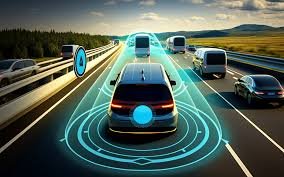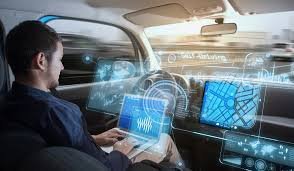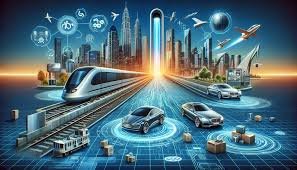
Future Trends in Autonomous Vehicles
Autonomous vehicles, once a vision of science fiction, are rapidly becoming a reality with profound implications for transportation, urban planning, and society as a whole. As technology continues to advance, the future of autonomous vehicles holds promise for revolutionizing mobility in ways we are only beginning to imagine. Let’s explore this exciting topic through a series of questions and answers.
Q1: What are the levels of autonomy in vehicles, and how do they differ?
A: Autonomous vehicles are categorized into six levels based on their degree of automation, as defined by the Society of Automotive Engineers (SAE). These levels range from Level 0 (no automation) to Level 5 (full automation), where a vehicle can operate without human intervention under all conditions. Each level represents increasing capabilities in terms of steering, braking, accelerating, and decision-making abilities.
Q2: What are some current challenges facing the widespread adoption of autonomous vehicles?
A: Several challenges need to be addressed for the widespread adoption of autonomous vehicles. These include regulatory frameworks and legal issues surrounding liability and safety, ensuring robust cybersecurity to protect against potential hacking threats, refining sensor technologies for improved accuracy and reliability, and gaining public trust and acceptance of autonomous technology.

Q3: How will autonomous vehicles impact urban mobility and city planning?
A: Autonomous vehicles have the potential to transform urban mobility and city planning significantly. They could reduce traffic congestion by optimizing traffic flow and reducing accidents caused by human error. Autonomous ride-sharing services could also reduce the need for personal vehicle ownership, freeing up space currently used for parking and potentially reshaping urban landscapes with more pedestrian-friendly environments.
Q4: What role will artificial intelligence (AI) play in the development of autonomous vehicles?
A: AI is crucial for the development and operation of autonomous vehicles. AI algorithms process vast amounts of data from sensors (such as cameras, radar, and lidar) to perceive the vehicle’s environment, make decisions in real-time, and navigate safely. Machine learning techniques enable vehicles to improve their performance over time through experience, adapting to various driving conditions and scenarios.

Q5: What are some future trends in autonomous vehicle technology to watch for?
A: The future of autonomous vehicles will likely see advancements in several key areas. These include enhanced sensor technologies for improved perception and object detection, development of high-definition mapping and localization systems, integration of V2X (vehicle-to-everything) communication to enhance safety and efficiency, and advancements in AI algorithms to handle complex driving scenarios more reliably.

Table: Levels of Automation in Autonomous Vehicles
| Level | Description |
|---|---|
| Level 0 | No automation; driver performs all tasks |
| Level 1 | Driver assistance; vehicle can assist with steering or acceleration/deceleration |
| Level 2 | Partial automation; vehicle can control both steering and acceleration/deceleration, but driver must remain engaged and monitor the environment |
| Level 3 | Conditional automation; vehicle can manage most driving tasks, but driver must be ready to intervene when needed |
| Level 4 | High automation; vehicle can perform all driving tasks under certain conditions, with no human intervention required |
| Level 5 | Full automation; vehicle can perform all driving tasks under all conditions, with no human intervention required |

The evolution of autonomous vehicles represents a paradigm shift in transportation, promising safer, more efficient, and accessible mobility solutions. As research and development continue to push the boundaries of what is possible, the future of autonomous vehicles holds immense potential to reshape our world and redefine the way we move from place to place.